- Date
- Aug 4, 2020
- Venue
- 2F Permanent Exhibition Hall on the 1st and 2nd floor
-
1
Goryeosa Jeoryo(Abridged History of the Goryeo Dynasty)
1453, Joseon Dynast / Province Tangible Cultural Heritage

-
2
Celadon Stool with Inlaid Bird and Flower Designs
13th century, Goryeo Dynasty

-
3
Avatamsaka Sutra(The Flower Garland Sutra), the First Tripitaka Koreana Edition, Vol. 1
11th century, Goryeo Dynasty / National Treasure

-
4
Portrait of Jeong Mongju
16th century, Joseon Dynasty / Treasure

-
5
Buncheong Epitaph Tablet of Kim Myeongri with Inlaid Inscription of “the Fourth Jeongtong Year”
1439, Joseon Dynasty / Treasure

-
6
Confidential Letter Sent from King Seonjo to Song Eonsin
Late 16th century, Joseon Dynasty / Treasure

-
7
Album of Calligraphic Works by Kang Sehwang
1790, Joseon Dynasty / Treasure

-
8
Leisurely Riverside Landscape by Kim Hongdo
Kim Hong-do / 18th century, Joseon Dynasty

-
9
White Porcelain Jar with Lid
Late 15th century, Joseon Dynasty

-
10
White Porcelain Jar with Dragon Design in Underglaze Iron
17th century, Joseon Dynasty

-
11
Award giver by the king and its Commemorative Album
1668, Joseon Dynasty / Treasure
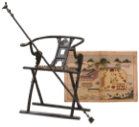
-
12
Portrait of Sim Hwanji
Late 18th century, Joseon Dynasty / Treasure

-
고려·조선실 국가 근본의 땅, 경기
‘국가 근본의 땅’이었던 고려와 조선의 경기 역사와 문화예술, 민속 등을 전시하고 있다.
-
근현대 경기도의 근현대
개항 이후 경기도의 근현대화 과정을 연표와 다양한 사진 자료를 통해 전시하고 있다.
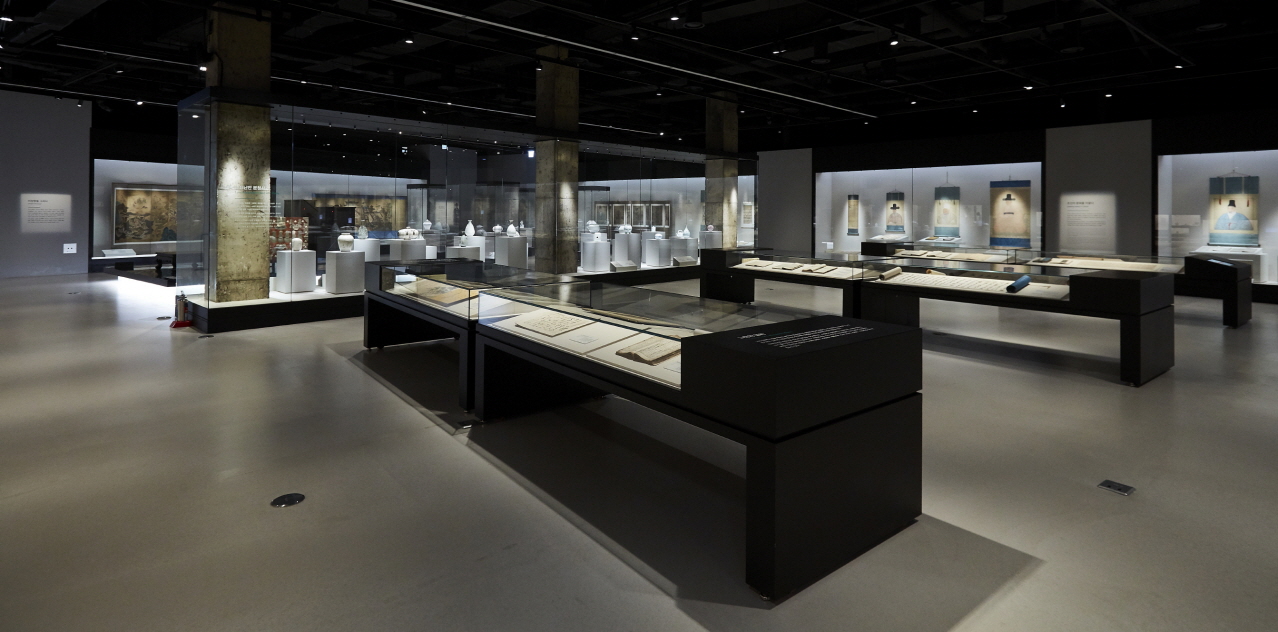
Permanent
Goryeo and Joseon Periods
2F Permanent
Exhibition Hall

Goryeo and Joseon Periods
Land of the Nation’s Foundation, Root of the Nation

Land of the Nation’s Foundation, Root of the Nation
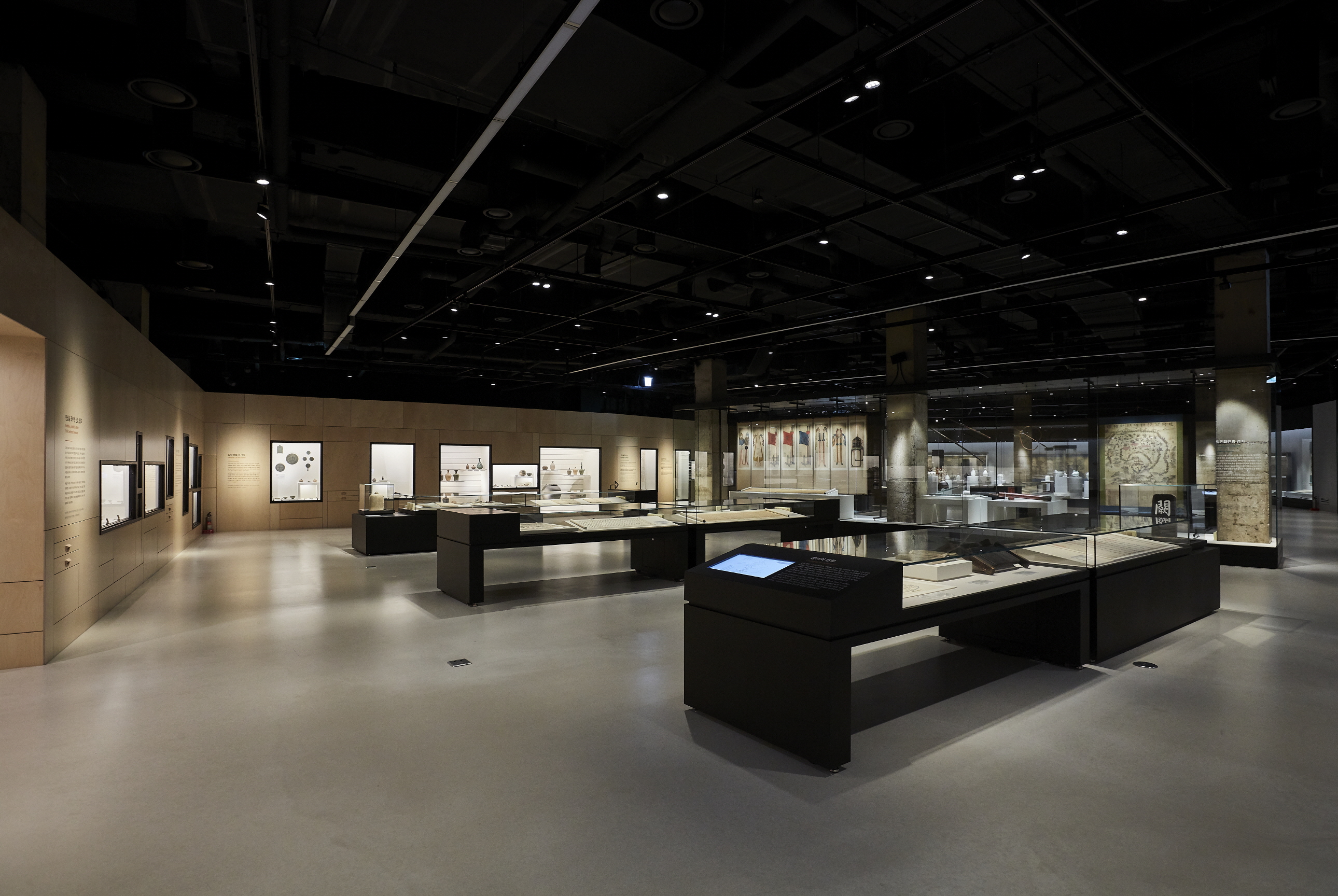
History of Goryeo and the Annals of the Joseon Dynasty describe the identity of Gyeonggi as the land of the nation’s foundation. In both the Goryeo and Joseon Dynasties that had different capitals, Gaegyeong (present-day Kaesong) and Hanyang (present-day Seoul), for a thousand years, Gyeonggi was the root that supported the country. As Korea underwent industrialization after modernization, Seoul absorbed every aspect of society including politics, economy, and culture, leaving Gyeonggi subordinate to the capital. The term ‘national capital region’ clearly shows this. The capitals of Goryeo and Joseon, Gaegyeong and Hanyang, were royal fortresses inside the Four City Gates. After modernization, many old Gyeonggi areas beyond the Gates were incorporated into Seoul. This marked a change in the today's Gyeonggi.
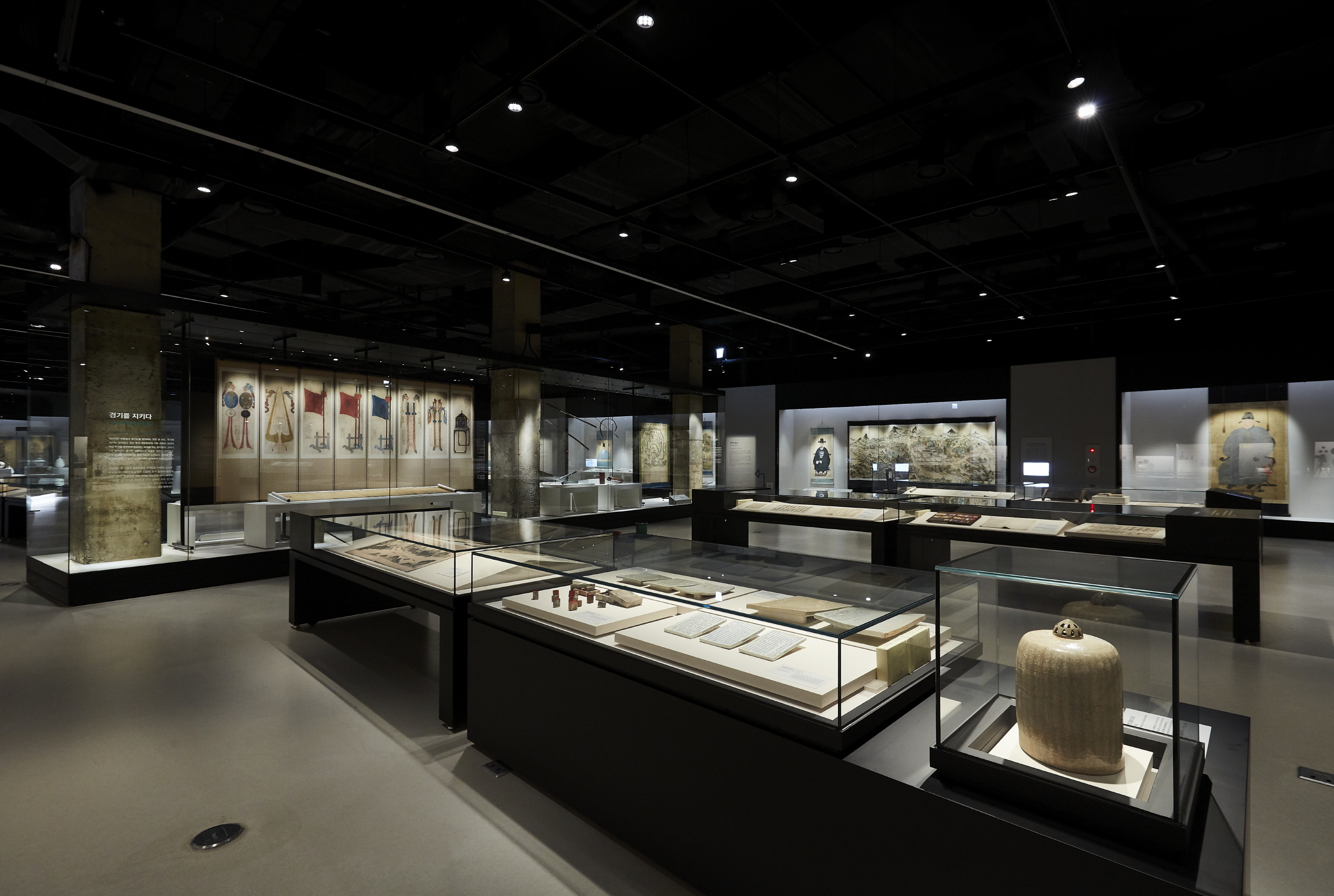

During the Goryeo and Joseon Dynasties, Gaegyeong and Hanyang were compared to a tree and a stream, and Gyeonggi to its root and its source. Trees and streams inevitably dry up without their roots and sources. Gyeonggi was such a nourishing presence to Gaegyeong and Hanyang. Jeong Dojeon (1337-1398), the principal architect of the Joseon Dynasty, Gwon Geun (1352-1409), who laid the foundation for the Confucian state, and Yi Sik (1584-1647), the epitome of Confucian scholars in the mid-Joseon period, all recited poems about mountains and rivers in Gyeonggi. The development of Gyeonggi represented the prosperity of Joseon. Gyeonggi was the first priority of the kings’ people-oriented governance, and it served as a barometer of its outcomes.
Gyeonggi During the Goryeo and Joseon Periods
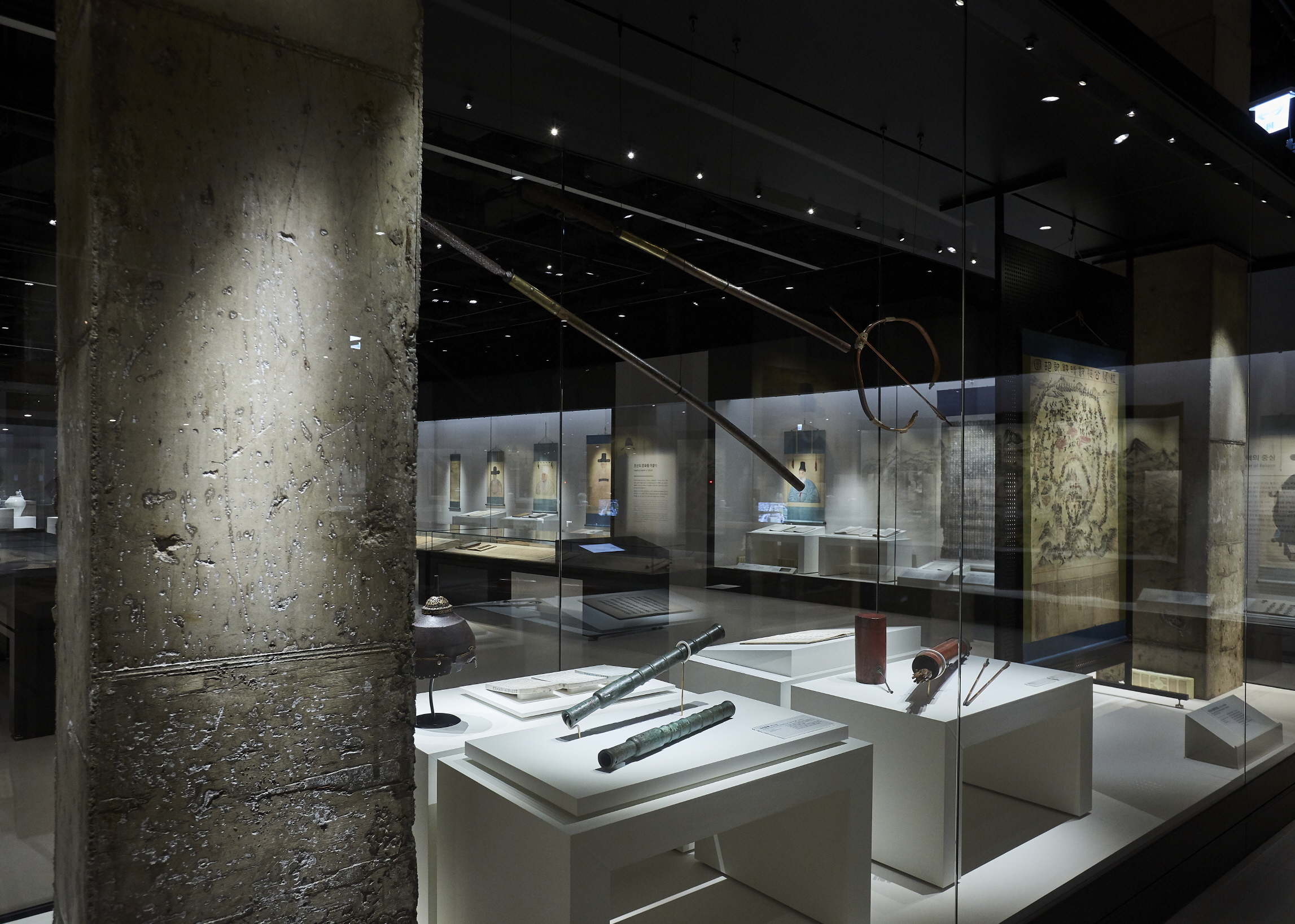
Just as Seoul is designated a Special City today, Gyeonggi was a special administrative district during the Goryeo and Joseon periods. The five-province and two-frontier system was introduced in 1018 (9th year of King Hyeonjong) during the Goryeo Dynasty. However, Gyeonggi was not under this system and belonged to Gaeseong-bu division, along with the king’s capital Gaegyeong. Although it was later changed in the late Goryeo period, Gyeonggi was under the direct management of Sangseodoseong, which is equivalent to today’s Prime Minister's Office.

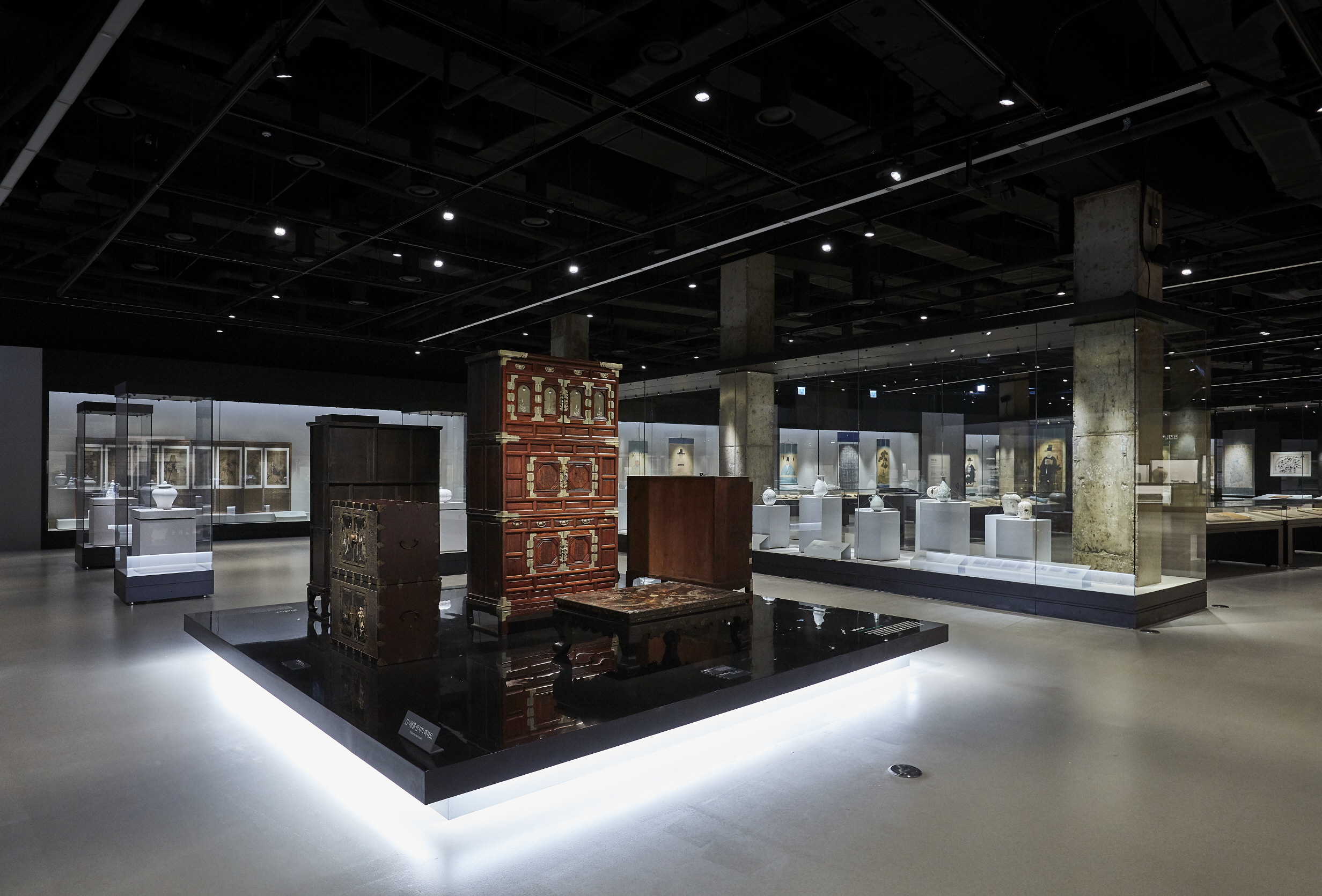
During the Joseon Dynasty, it is also difficult to regard Gyeonggi as one of the local administrative divisions. While other provinces were named Chungcheong Province, Gyeongsang Province, Jeolla Province, Hamgyeong Province, Pyeongan Province, Hwanghae Province, and Gangwon Province, Gyeonggi was simply named Gyeonggi, without ‘province’ attached according to the revision made in 1414 (24th year of King Taejong). As such, while the official title of the provincial governor in charge of politics, military, administration, and economy was Chungcheong Provincial Governor or Hwanghae Provincial Governor, the same title for Gyeonggi was not Gyeonggi Provincial Governor but simply Gyeonggi Governor. This reflects the nature of Gyeonggi as a special region between the capital and the local district system.
Identity of the History and Culture of Millennium Gyeonggi
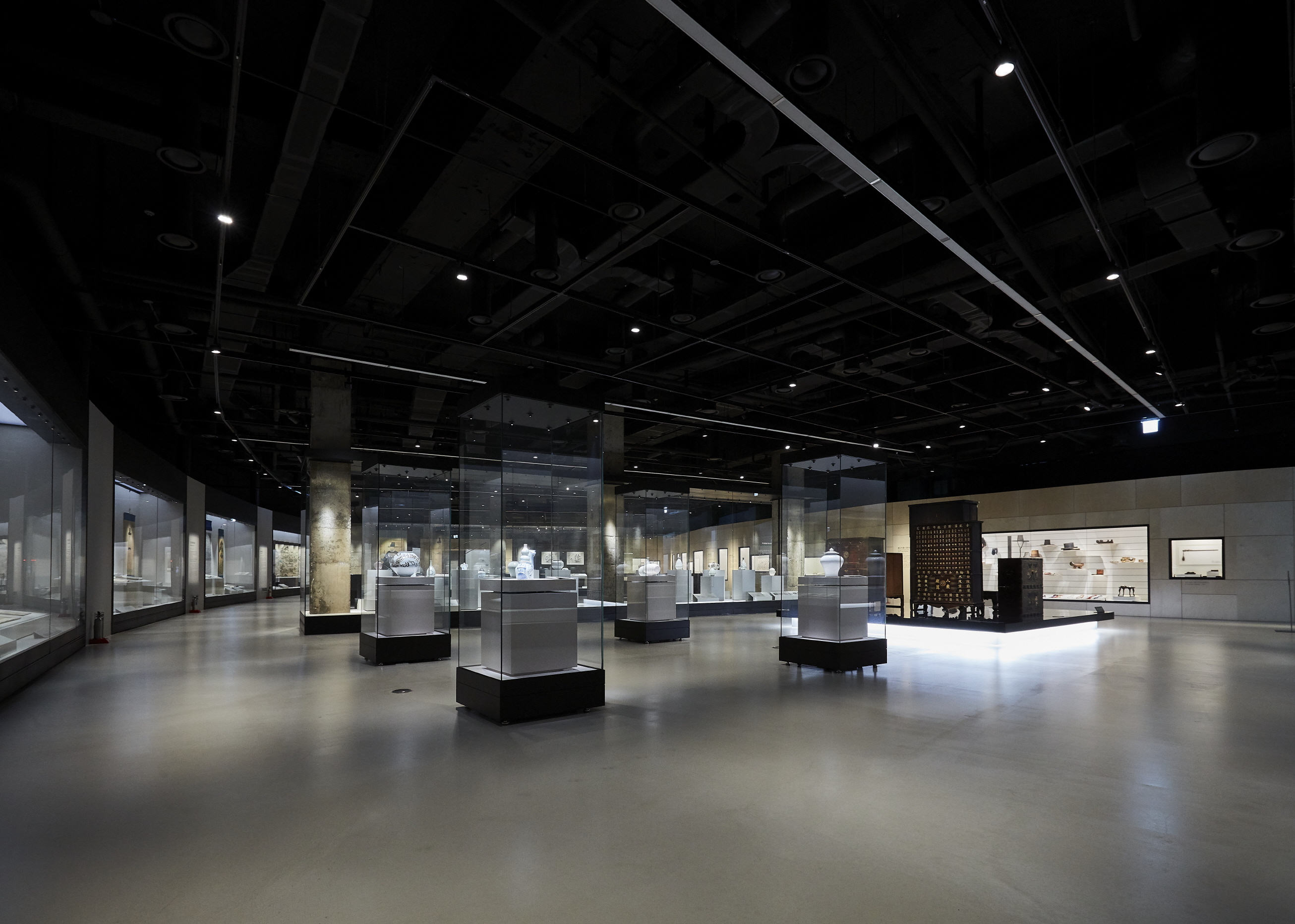
In terms of its history and culture, people often say that Gyeonggi Province “has no identity.” They mean that it is unfortunate that no distinct characteristics are found in Gyeonggi Province compared to other regions such as Gyeongsang Province and Jeolla Province. However, they say this because they do not understand the true historical and cultural features of Gyeonggi. Today, products and cultures from all over the country arrive in Gyeonggi Province, where they are reproduced before being redistributed to various places. This was also the case in the Goryeo and Joseon periods. Gyeonggi’s roads at those time stretched in all directions. Gyeonggi was a place where the cultures of the Goryeo and Joseon Dynasties were created and developed. Gyeonggi culture, spanning a thousand years, formed the archetype of Korea’s history and culture.

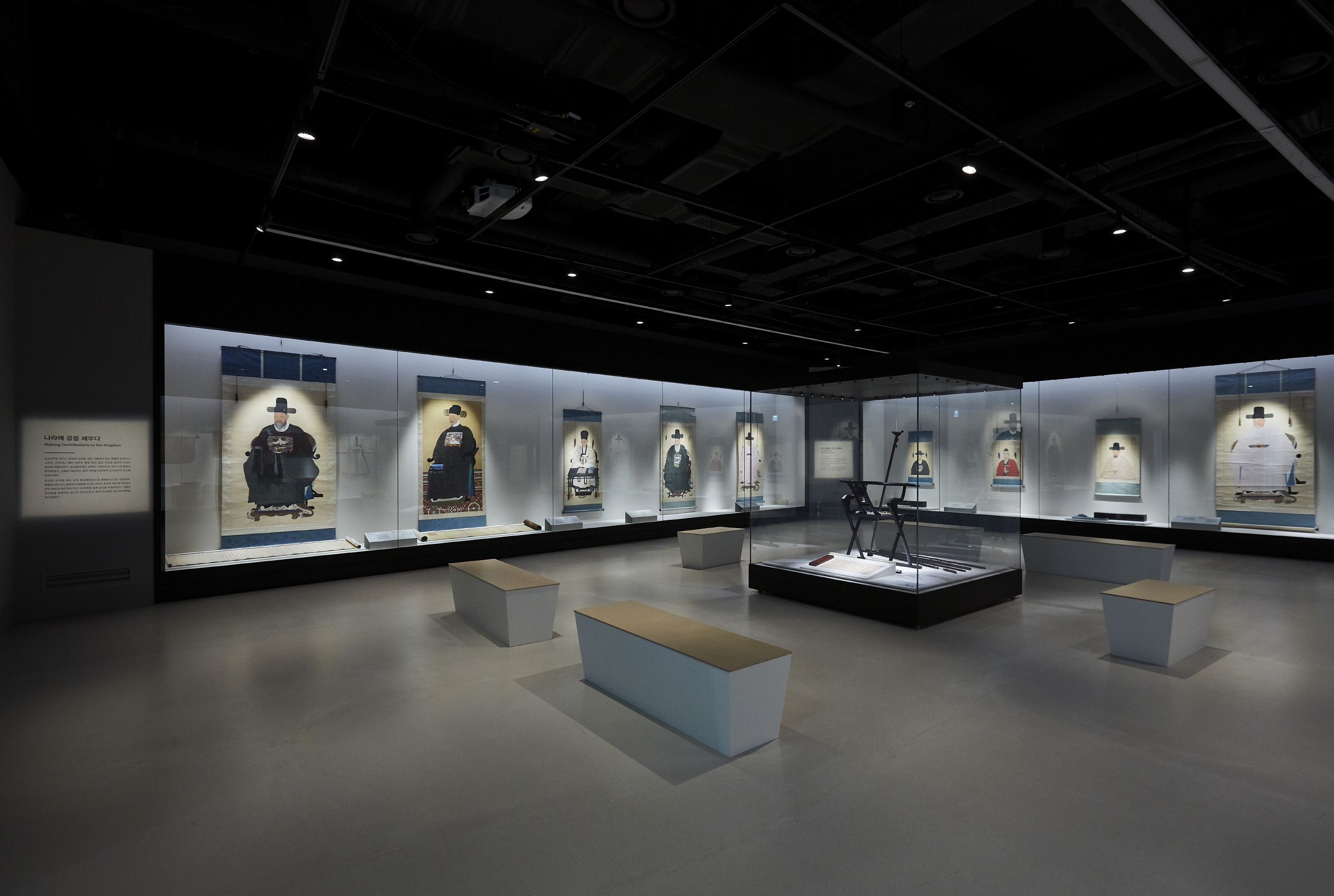
Just like today, many multicultural families lived in Gyeonggi during Goryeo, including the collective naturalization of refugees from Balhae, Khitan, and Jurchen as well as from the Song Dynasty and Southeast Asia, which accounted for about 15% of the Goryeo population. They settled around Gyeonggi to build a village of Khitan immigrants in Yangju and created a new culture by fusing their home culture with that of Goryeo. Westerners and Japanese who had occasionally entered Joseon as a result of drifting or war also settled in Gyeonggi and adapted to Joseon’s culture. This social environment helped shaped the identity of Gyeonggi’s history and culture represented by diversity, inclusiveness, innovativeness, and dynamism.
Story of Millennium Gyeonggi Unfolding at Gyeonggi Province Museum
As we planned for the renovation of the Museum’s exhibition halls after 25 years since its opening in 1996, we intended to share the stories of the Gyeonggi people of the past with the Gyeonggi citizens of today. Our slogan 'It’s Gyeonggi!' represents our commitment to making the Museum a place where visitors can truly experience the essence of Gyeonggi’s one thousand years of history and culture.

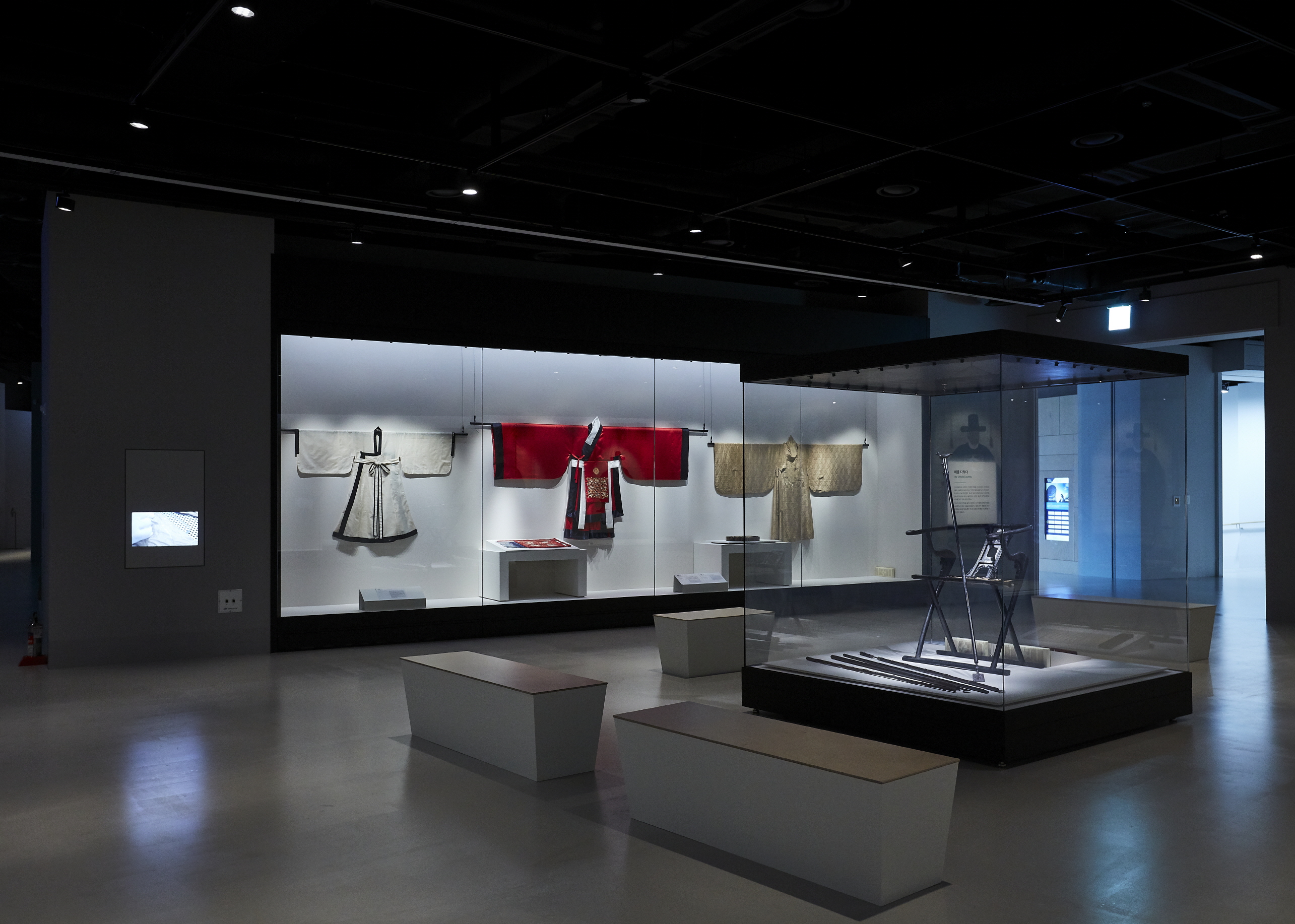
We unfold the story of the Goryeo period with 1) Goryeo, the Center of the World, Gyeonggi, the Center of Goryeo, 2) Beginning of ‘Korea,’ 3) Place Where Newness Began, 4) Life of Goryeo People, and 5) Another New Beginning. The story of the Joseon period consists of 1) Gyeonggi, the Nation’s Foundation, 2) Nature’s Own Fortress, 3) Center of Reform, and 4) Gathering in Gyeonggi. Furthermore, to explore the artistic side of scholar-officials in Gyeonggi more deeply, we present 1) Leading Joseon’s Culture, 2) Art in Bloom, and 3) Meet Gyeonggi People.

